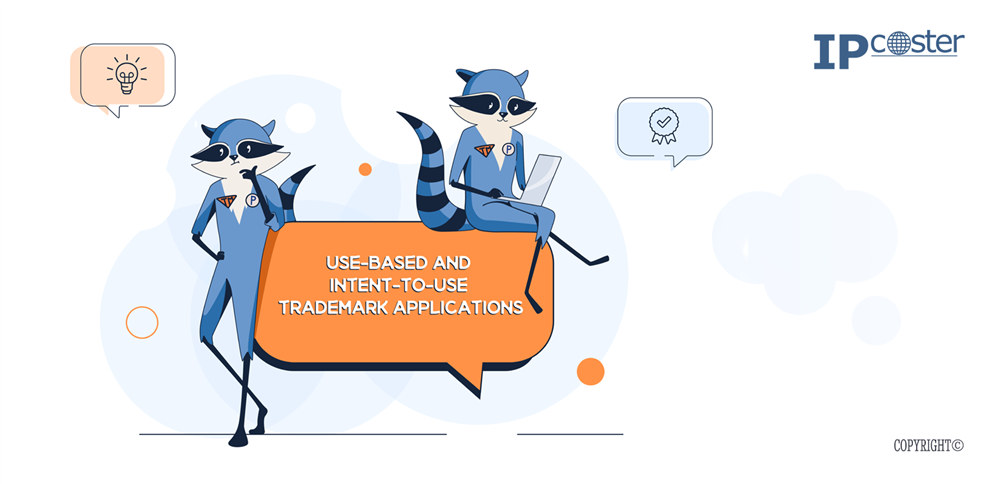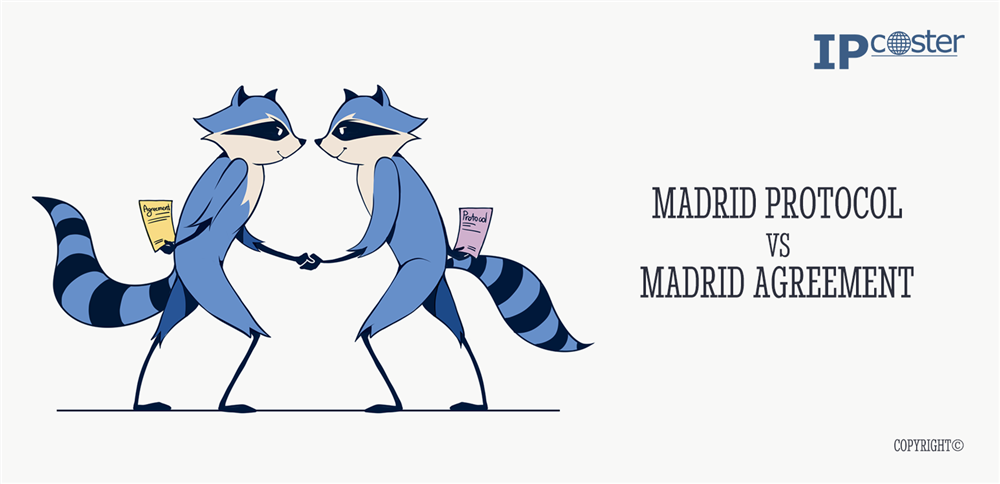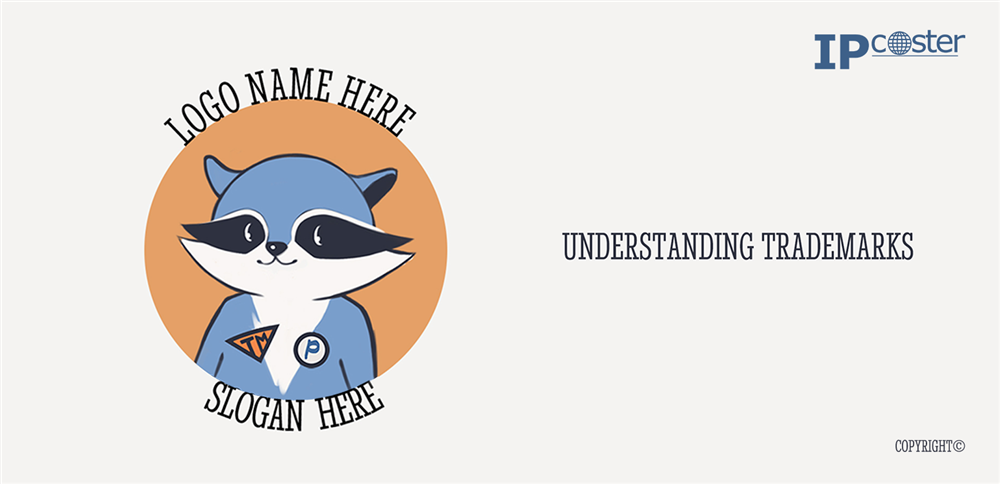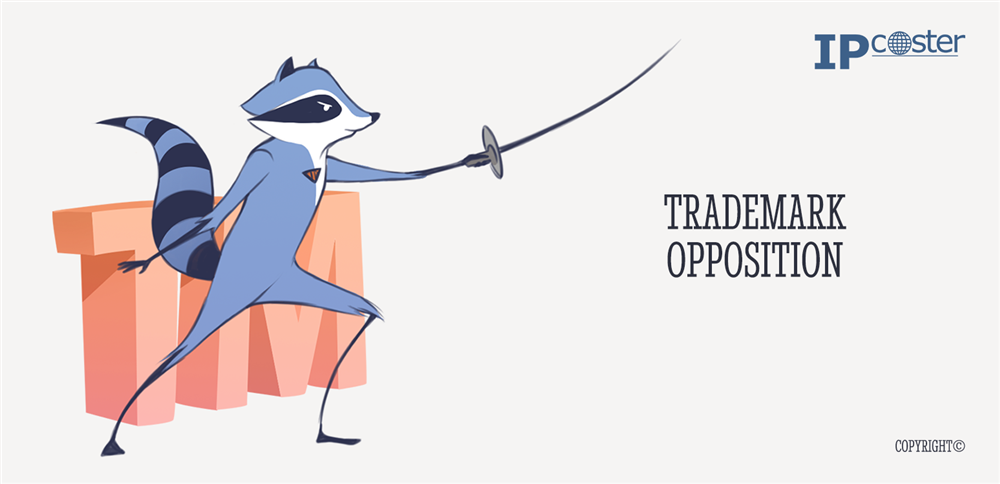
Trademarks are important assets that protect a brand’s identity and reputation in the market. However, applying for trademark protection can often be a complicated process. One key point to understand is that in many legal systems, it is possible to apply for a trademark even before the mark has actually been used.
For example, when filing with the United States Patent and Trademark Office (USPTO), applicants have the option to file what is called an intent to use trademark application. But how does this differ from a use-based application?
Intent to Use Trademark Applications
An intent to use, or ITU, trademark application is a useful option for applicants who have not yet used their mark in commerce but have a genuine intention to do so in the near future. To file this type of application, the applicant must provide a declaration or statement that shows their intent to use the mark.
Although a trademark applied for with an intent to use application will not be registered until it is actually used in commerce, this approach allows the applicant to secure an earlier filing date. This early filing date can give them priority over competitors who may try to register similar marks later. This is especially helpful for businesses still developing their products or services and that have not yet started selling or advertising, but plan to soon.
It is important to know that an intent to use application does not offer immediate trademark protection. The applicant must begin using the mark in commerce within a certain timeframe, which can vary depending on the circumstances.
According to the USPTO, use in commerce means using the trademark in connection with goods or services that are sold or transported between states, territories, or even internationally. For goods, this can mean the trademark appears on packaging and that the goods are sold or shipped in commerce. For services, use can be shown through advertising that demonstrates the service is actually being rendered in commerce.
There are three time periods when the applicant can show the mark has been used in commerce. First, use can occur any time between the filing date of the intent to use application and the approval of the mark for publication by the USPTO examiner. Second, the applicant can confirm use within six months after receiving the Notice of Allowance from the USPTO. If neither option works, the applicant can request up to five extensions of time to file a statement of use, adding up to a maximum extension period of three years, but fees must be paid for these extensions. If the applicant does not provide proof of use within these deadlines, the application may be abandoned, making the mark available for others.
Use-Based Trademark Applications
A use-based trademark application is filed only after the trademark has been actively used in commerce. To qualify, the trademark must be connected to the sale or advertising of goods or services that are already in commerce.
Applicants must provide evidence of this use, often in the form of a sample showing the mark on the goods or a marketing piece related to the services. Once approved, the trademark is officially registered with the USPTO, giving the owner exclusive rights to use the mark with the listed goods or services.
One benefit of a use-based application is that the registration process usually moves faster compared to intent to use applications.
Since trademark laws vary across countries and can be complex, it is always a good idea to consult with experts. If you are interested in filing a trademark application or want to learn more about intent to use applications, feel free to contact us at IP-Coster.


If you're planning to protect your invention, design, or trademark in more than one country, understanding priority right is essential. It’s a key principle in intellectual property law that allows you to extend the benefits of your first filing to other countries—helping you secure your place as the original applicant and safeguarding your innovation across borders.
A priority right gives you the advantage of being recognized as the first to file for an invention, design, or trademark. It’s based on your first application, and allows you to use your first filing date as the priority date when applying for protection in other countries.
In short, it helps you secure your place in line internationally by allowing your later applications to rely on the filing date of your first one.
How Long Do You Have to Claim Priority?
According to the Paris Convention (Article 4), you have:
- 12 months to claim priority for patents and utility models
- 6 months for industrial designs and trademarks
This time is counted from the date of your first (or “priority”) filing.
Why Should You Claim Priority?
Here’s the big reason: when patent offices examine your application, they check whether your invention is novel (i.e., new). This is determined using the priority date as the reference point.
If you don’t claim priority and refile in another country later, any public disclosure—including your own earlier application—can be used against you. Your invention may no longer be considered new, and your application could be rejected.
Claiming priority helps protect your rights as you expand internationally. It ensures your earlier filing date is respected, even when you apply in other countries later. If you're planning to seek protection for your intellectual property globally, don’t skip this step.
Want to learn more or need help with filing abroad? Feel free to reach out to our team, we're happy to guide you through the process.

When searching for information about IPR protection, you may come across terms such as patent and trademark search, but how does one know if it is obligatory or needed, and who conducts these searches?
A patentability search is also known as a prior art, patent or novelty search. It is conducted to find out if the same invention has already been disclosed by someone else, or if a similar invention exists. A patentability search is not obligatory and is conducted when drafting your patent application. Additionally, this type of search can be performed by the patent office upon examination of your application.
A trademark search helps to determine whether the same trademark has already been registered. In most countries, you are not obliged to conduct a trademark search prior to filing; but it should be noted that it is a part of the examination process in many countries.
But how do you know if you should conduct a search? The results of a patent search can help you to decide whether your invention is worth patenting, evaluate your chances of obtaining a patent, and prepare responses to possible Office Actions.
With trademarks the benefits are also considerable: you can avoid accidental infringements, consider your future actions before filing an application, and discover potential competitors who can file oppositions.
For conducting a search, it is recommended that you approach a professional trademark or patent attorney.

Trademarks are at the epicentre of both intellectual property and our daily lives, with brand names emblazoned into every moment of our day-to-day activities. From our morning cereal to TV adverts, right down to the toothpaste we use and the bottled water we drink, trademarks are everywhere, so let’s take a look at the particulars of this type of IP, and provide an overview of what can and cannot be registered.
Trademarks are used to identify and distinguish a company's products and/or services from those of its competitors. The most common types of trademarks are word, figurative, and combination marks, but may also comprise sounds, smells, 3D models, colours, or logos, depending on the allowances of the jurisdiction.
Trademarks themselves are registered for specific goods and/or services which, for many countries, are classified in the Nice Classification of Goods and Services. This is an international classification established by the Nice Agreement of 1957 and revised each year, presently utilized by approximately 150 IP offices including the regional offices of EUIPO, OAPI, ARIPO, and BOIP. At present, there are 34 possible classes of goods, and 11 classes of services for which a trademark can be registered.
In general, trademarks must be distinctive in order to be registered. In some countries such as the UK, however, it may be possible to register a non-distinct mark, provided that prior to the date of registration, it acquired a distinctive character as a result of its use. Distinctiveness in the US has experienced some overhaul when it comes to non traditional trademarks, whereby court rulings have found that marks in relation to sound and product packaging are capable of being inherently distinctive, whilst product design, scent, colour and taste are not. Those not inherently distinctive must therefore provide evidence of a secondary meaning, or acquired distinctiveness, in order to be registrable and protected under US courts.
Trademarks that cannot be registered usually include those which are misleading (if it uses the word 'organic' for a product that is not) or descriptive if a mark describes the goods or services to which it will relate. Furthermore, marks that contain internet domain names, aspects that are deemed offensive such as swear words or inappropriate images, as well as those similar to state symbols and other official signs, emblems subject to protection under an international agreement, abbreviations and names of international intergovernmental organizations, are not registrable in most jurisdictions.
Trademarks can vary in terms of their strength of protection, for example, a strong mark in accordance with US trademark law would be a 'fanciful or coined' mark. These marks are inherently distinctive as they constitute invented or sometimes archaic words that bear little, or no, resemblance to the goods or services provided, such as 'Pepsi'. Another type of strong trademark is the arbitrary mark, consisting of words or symbols that have common meaning in the jurisdiction of registration, but are unrelated to the good or service, such as ‘Apple’ for computers. Weaker marks include suggestive marks such as 'Netflix', which make some reference to the subject matter of the mark.
Please note that the aforementioned examples of trademark requirements and strength of protection are largely based on UK and US law, and will differ in each jurisdiction. For more information on trademark registration, please contact us.

One of the key parts of the procedure for the registration of a trademark is the possibility of oppositions to an application.
A trademark opposition is a formal objection, filed by a third party, against the registration of a mark. National and regional trademark laws outline the procedures for the opposition process in each jurisdiction, including the particulars such as opposition terms, documents etc. In many jurisdictions, a trademark application is published once it has been accepted and deemed as registrable by the trademark office. Thereafter, third parties may object to the registration of the mark during a defined period of time on the basis of grounds set forth by the relevant trademark law. This period is otherwise known as the Opposition Period.
There are 2 types of opposition grounds - absolute and relative. Absolute grounds encompass issues with the trademark itself, such as if the mark is not distinctive, is descriptive of the goods/services covered by the mark, or is generic in nature in relation to the goods or services.
Relative grounds rely on the basis that an earlier trademark right exists, and the applied-for trademark conflicts with said earlier right, for example, if it is confusingly similar, or takes advantage of a previous mark’s reputation.
Should an opposition be filed against the registration of a mark, the relevant IPO will typically make an applicant aware of the opposition, and will set a deadline for which a response may be filed. This response will usually comprise either a Notice of Defence and a counterstatement with arguments to defend the application in full, withdrawal of the application, or limiting of the goods or services. This stage may continue to both parties filing further submissions in support of their side, and the IPO will form a decision based upon said submissions. In some jurisdictions, the parties may elect to have the matter heard at a hearing.
One possible outcome is that the opposition is rejected by the IPO. In this instance, the trademark application may then proceed to be registered without issue.
Should an opposition be accepted fully, the trademark application shall be considered withdrawn, and thus will not be registered.
If, on the other hand, the opposition is accepted partially, the trademark applicant may be obliged to amend their mark in accordance with the decision, for example, reducing the list of goods and/or services in the application which were subject to the opposition.
Alternatively, it may be possible to negotiate an amicable solution with the opposing party in order for the application to continue to registration without the need for the matter to be decided by the IPO.
Considering the complex nature of trademark oppositions, it is important for both applicants and potential opposing parties to be aware of all particulars of the trademark opposition procedure. If you have any questions regarding the trademark opposition process, or require the assistance of a trademark attorney, feel free to contact us.